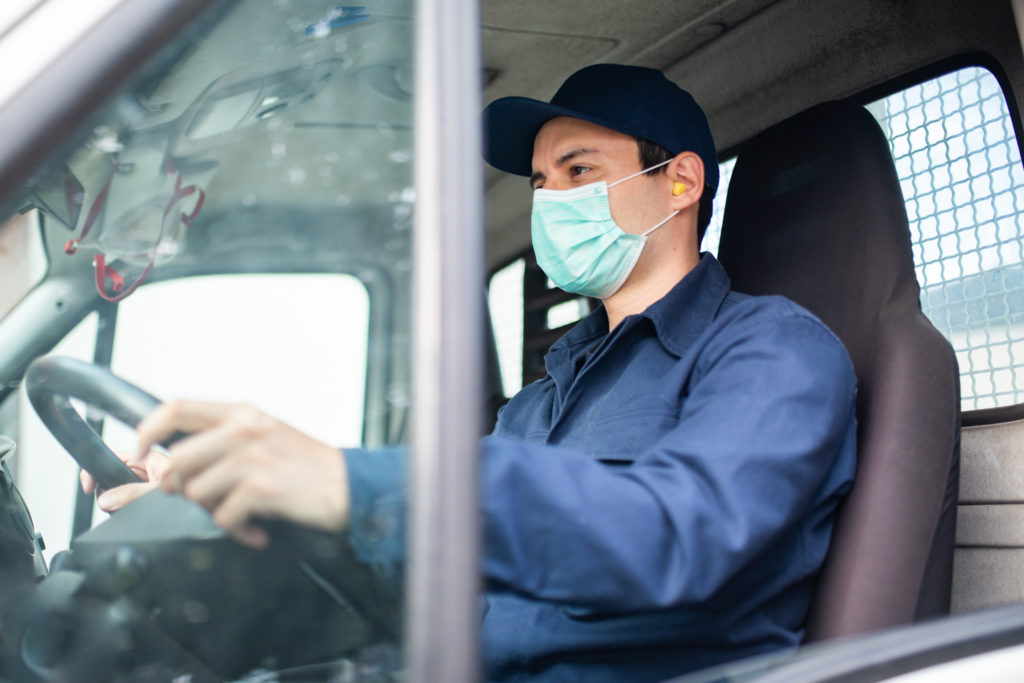By focusing on state-by-state cases of bridges and roads in dire need of reparations, the Biden Administration is working to urge republicans to ease their opposition to a bipartisan infrastructure plan. If such an agreement is reached, the administration says, its funding could help rebuild what is needed in these areas, as well as boost their broadband internet capabilities and water quality.
For the bipartisan agreement made by a group of senators, the White House is looking to achieve public backing and to convince lawmakers of the necessity of such a deal by detailing the amount of infrastructure repair needed in so many individual states across the country. Over the next few weeks, House Democrats are working to make informal negotiations to reach agreements on potential changes to be made, while Republicans are still likely to be in opposition of this bill due to its high costs.
The bipartisan bill agreement reached by the senate initially gained enough support to pass by regular order, although it saw later opposition from Republican senators after it was connected to a Democrat-backed budget bill by Biden. Still, the bill originally received backing from 21 total senators, which included 11 Republicans, and came out to propose $579 billion in new spending (or $973 billion when adding in regular maintenance spending costs).
Currently, the White House has not been able to identify the particular projects in each state that would be acted upon once that plan is officially set forth, as its framework still doesn’t have funding levels depicted on a state-by-state basis. Because of this, Congress is still negotiating specific details within each of the program’s categories.
“These state-by-state fact sheets will help folks localize the impact of these dollars, and better understand how these investments will make life better for their communities across the country,” said Emilie Simons, a spokeswoman for the White House.
“There is more work to do” to help improve living standards, reduce pollution, heal the economy, and create more jobs through the American Jobs Plan and the American Families Plan, according to the fact sheets. Although this new framework is a “critical step,” the fact sheets still point to the Democrats’ second bill as being a method of bringing these goals to the next level.
According to the documents, President Biden “will work with Congress to build on the Bipartisan Infrastructure Framework in legislation that moves in tandem, laying the foundation for a robust and equitable recovery for all Americans.”
The bipartisan Senate proposal includes $312 billion for countrywide transportation infrastructure projects–with $110 billion specifically allocated for bridges and roads. In California, 14,220 miles of highway need reparation as well as 1,536 bridges, and the state may need $51 billion to spend on drinking water infrastructure upgrades over the next two decades. Some of the framework’s funding could help cover these costs.
According to the fact sheets, Kentucky has 1,322 miles of highway needing reparations along with 1,033 bridges–and for costs in relation to roads needing repair, drivers pay around $444 a year. Still, the plan doesn’t explain exactly how much funding would be dedicated to Kentucky’s reconstruction projects.
“The need for action in Kentucky is clear” said the document. “For decades, infrastructure in Kentucky has suffered from a systemic lack of investment. In fact, the American Society of Civil Engineers gave Kentucky a C- grade on its infrastructure report card.”
7,292 miles of highway and 1,702 bridges in New York are currently considered as being in poor condition, with commute times rising by 7.4% and drivers paying around $625 annually in road repair costs. Between 2010 and 2010, the state of New York endured 31 events of extreme weather that cost around $100 billion in damages, and the plan now details its intent to allocate $47 billion to boost infrastructure updates throughout the country in areas healing from natural disasters.





